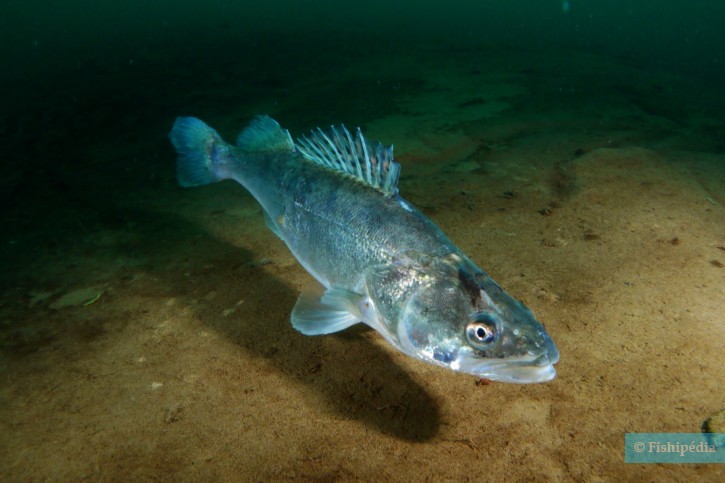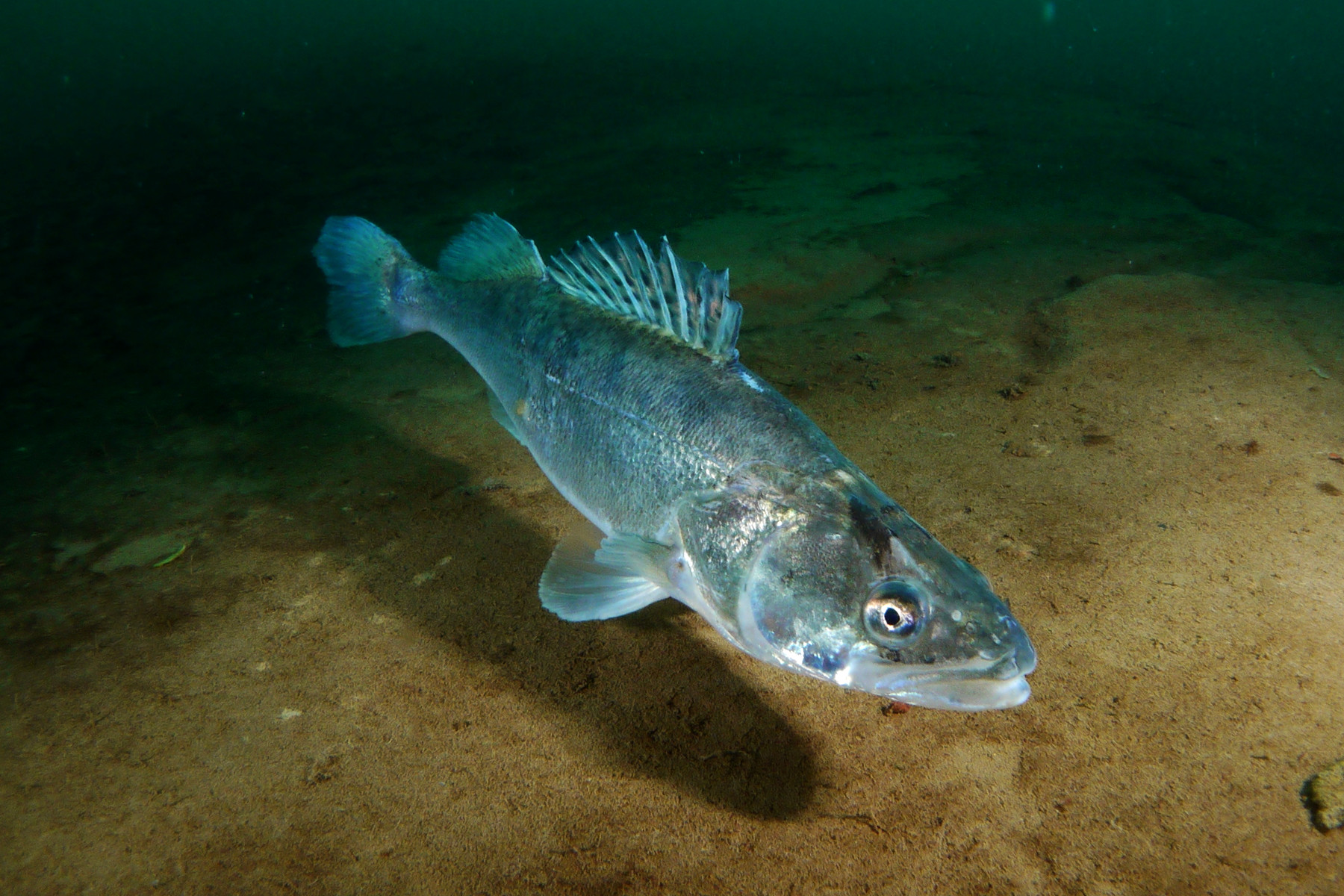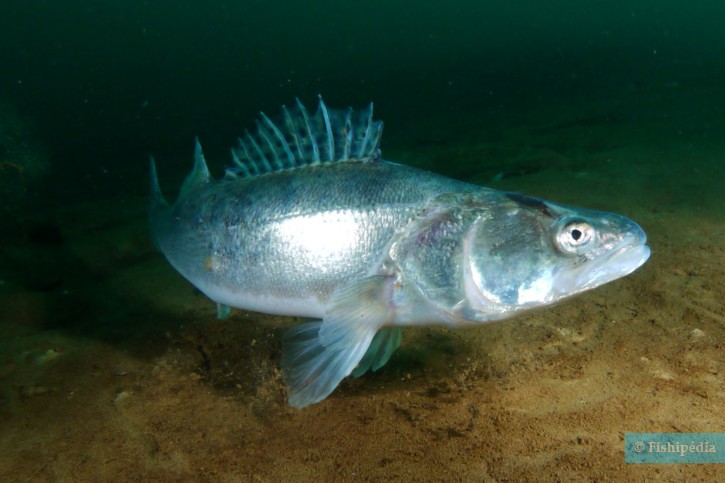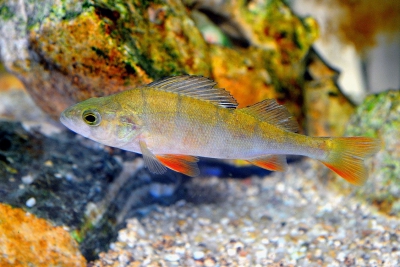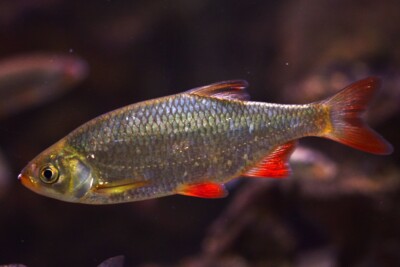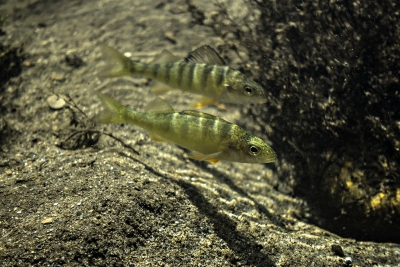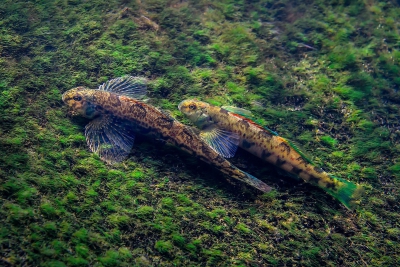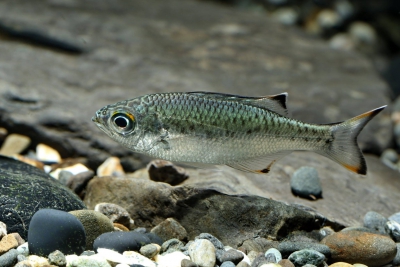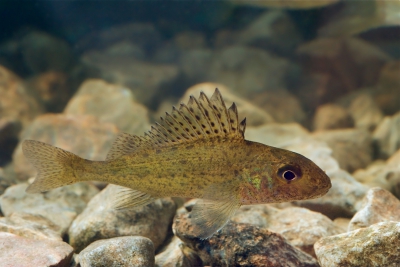Introduction
Sander lucioperca, commonly known as pike-perch, is a fresh water fish from the Europe.
This sheet is currently being prepared. The texts currently proposed come from our data model or are being drafted. To request priority for this content, you can write to us HERE.
Who is it?
Morphology
-
Average size80 cm
-
Maximum size100 cm
-
Longevity17 year
-
ShapeOval
-
Mimicryleaf
-
Patternvertical stripes
-
Average size80 cm
-
Maximum size100 cm
-
Longevity17 year
-
ShapeOval
-
Mimicryleaf
-
Patternvertical stripes
How to recognize This fish ?
The pike-perch measures between 80 and 100 cm. This fish is bicolore with a predominantly blanc and gris body. The also has noir vertical stripes.
Behaviour & Life cycle
-
dietcarnivorous
-
Sociabilitysolitary
-
territorialYes
-
Way of livingnocturnal
The pike-perch hunts in the stalk and is one of the predators of its biotope. Opportunistic, it does not hesitate to attack any smaller animal nearby.
The pike-perch is a fish solitary naturally found near the bottom. This species is carnivorous . This fish lives mainly at night. Usually, it leaves its hiding place and starts to be active once it gets dark.
Reproduction
-
Reproductionovipare qui dépose ses Œufs dans la végétation
The pike-perch is a fish ovipare qui dépose ses Œufs dans la végétation.
Harmless species
This species does not represent any particular threats to humans when encountered in its natural environment.
Origin and distribution
What is its habitat?
Natural environment characteristics
-
Temperature6 - 22 °C
-
pH (acidity)7 - 7.5
-
gh (hardness)10 - 20
-
FlowMedium, Slow and Stagnant
Biotope presentation
The pike-perch is most often found at a depth between 0m and 17m. However, it is not impossible to find this species at other depths.
This species lives near large roots, in which it can find refuge in case of danger. This type of habitat is often found not far from the banks.
Species of the same biotope
To go further
Sources & Contributions
Participation & Validation
The Fishipedia team and specialist contributors are committed to providing high-quality content. However, although the information comes from scientific sources or testimonials from specialists, the cards may contain inaccuracies.

Patrick Chartrer
Translation
Translation done with the valuable contribution of our translators, who make this information available to a wider audience. We sincerely thank them for their commitment.
